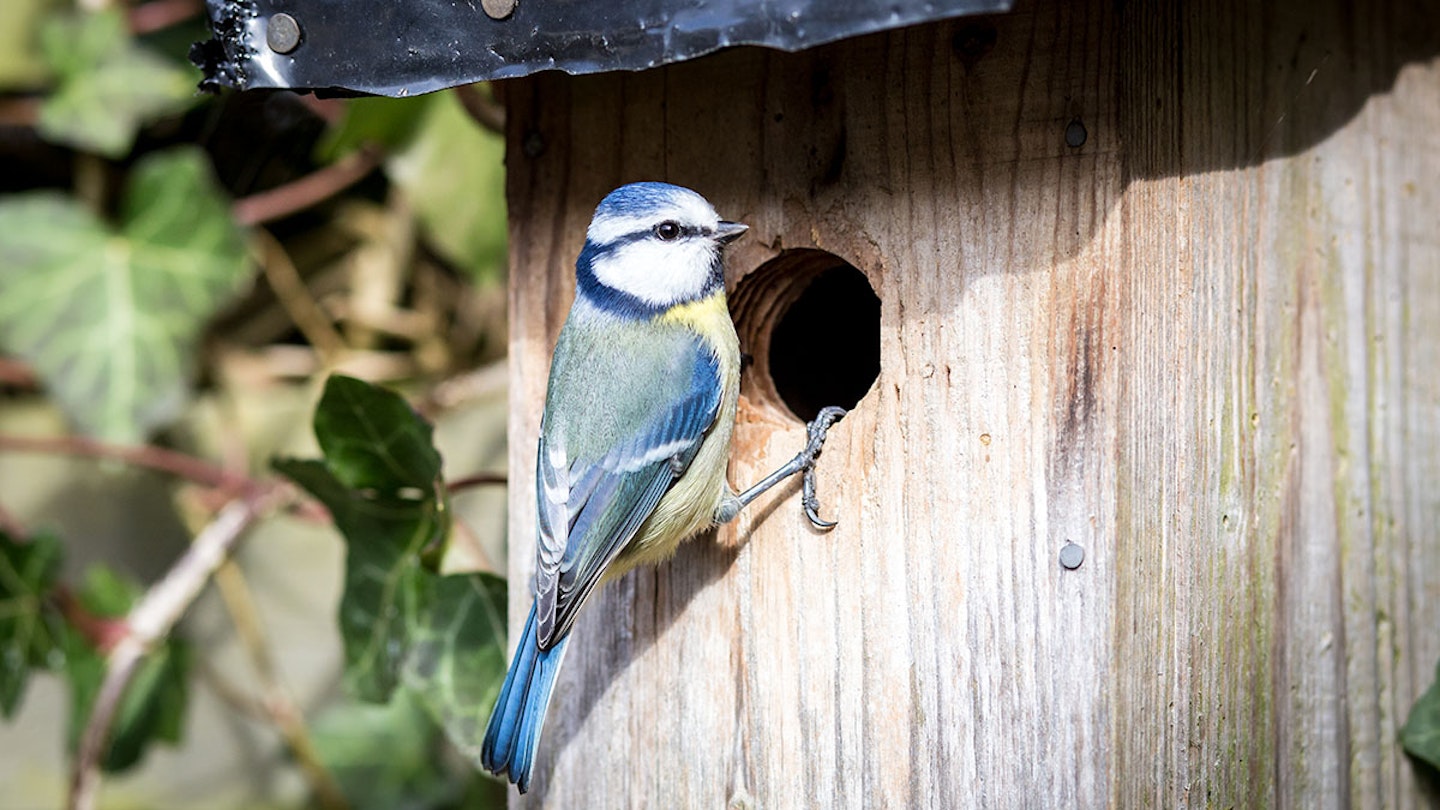In 2021, more than one million people took part in Big Garden Birdwatch, all coming together to look out for birds. Why not join in and be one in a million for 2022?
Big Garden Birdwatch is for everyone, whether you're a complete beginner or a birding expert.
Simply count the birds you see in your garden, from your balcony or in your local park for one hour between 28 and 30 January 2022 and tellThe Royal Society for the Protection of Birdswhat you saw.
When is the Big Garden Birdwatch?
The RSPB’s annual Big Garden Birdwatch 2022 is taking place from January 28-30.
What's the history of the RSPB Big Garden Birdwatch?
The Big Garden Birdwatch began in 1979, as a way to keep record of British birdlife.
The findings from the Birdwatch help give invaluable information on the state of UK garden birds, which then helps to educate us on which species are struggling and to figure out why, be it down to lack of green spaces, climate change or even pollution.
Shockingly, we’ve lost 38 million birds from UK skies in the last 50 years, so it really is vital we do all we can to look after our birdlife.
As a conservation charity, the RSPB depends on your support to save nature and to look after places where wildlife can thrive. By taking part in Big Garden Birdwatch, you can also make a difference. Wherever you are, whatever you see, it counts!

What's happening this year and how do I sign up for the Big Garden Birdwatch?
You can take part in the Birdwatch by simply counting the birds you see and going online to tell RSPB what you saw. However, if you'd prefer to use a guide, you can sign up to get yours now.
Sign up to join in with the RSPB's Big Garden Birdwatch here.
The free guide includes help with identifying what you see and expert advice on feeding the birds in your garden.
Birds of conservation concern
The UK Red List for Birds keeps track of population trends in 245 species, with birds listed as ‘Red’ deemed most at risk. In 2021, greenfinches moved onto the Red list for the first time.
Back in 1979, when Big Garden Birdwatch began, greenfinches came in at number eight, but this year, they were down at 19. This echoes the devastating population declines seen in these charming little finches, with the cause thought to be a disease called trichomonosis. It’s also possible that chaffinches and house sparrows may be affected.
